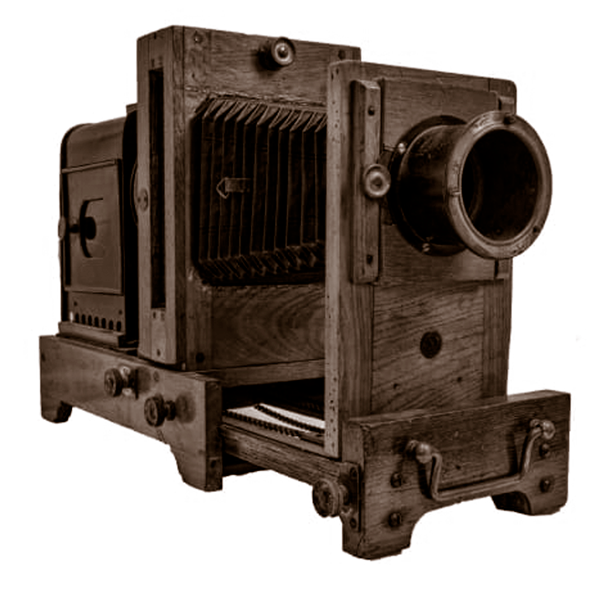In the backwoods communities of the Adirondack Mountains any caller was welcome. Peddlers with their wares were doubly welcome.

Adirondack Characters And Campfire Yarns
Peddlers & Itinerant Photographers
An excerpt from ” Adirondack Characters And Campfire Yarns “, Starting on page 136.

“MA! THE PEDDLER’S WAGON is coming up the road,” might have been the excited cry heard from children as they rushed into their cabin home to announce the coming of a familiar salesman whose horse bells made a distinctive ring in the mountain air.
In the backwoods communities of the Adirondack Mountains any caller was welcome. Peddlers with their wares were doubly welcome. Those outfits that might pass through, during good weather, could be dispensers of notions in exchange for old rags, tin peddlers, or book salesmen hawking books “just off the press” from a New York City publishing company. With no hesitation in his spiel as he lifted a book from his bag, the peddler would claim it was a true and exciting account of the discovery and rescue of so-and-so, or that the publisher had pulled out all the stops to produce a volume “every red-blooded American should place on the front-room table where no visitor’s eye could miss it.”
All the traffickers brought dashes of the outside world, often furnished needed goods, and provided bits of social amenities and neighborly news or some word of more widespread country or state happenings to the isolated families. Whomever the salesperson, a warm greeting was always delivered. Today we look disapprovingly at the door-to-door salesman, but at one time no one questioned the reliability, honestly, and character of the traveling merchant. Housewives were never too busy to go over the peddler’s wares. Colorful bolts of cloths, jewelry, pots and pans, thread, pins and needles, buttons and hats, and other doodads all came out of the seller’s one-horse wagon.
The salesman could count on at least one trade for old clothes and rags the children had retrieved from nearby lumber camp shanties, where a consider- able quantity of castoff garments left by departing jacks could always be found. These he would pack into burlap bags that were attached to the wagon in easy-to-see places. The deal necessitated a good deal of haggling. Since mother had washed the worn clothing for the express purpose of exchanging it for finery such as the peddler’s wagon displayed, the deal took time.
A courteous peddler was also sure of an offer to eat lunch wherever he chanced to be at 12 o’clock. In trade for the free noontime meal he would exchange the few remaining feet of a bolt of muslin.
There were other peddlers too. The itinerant photographer was one of them. Some came a-calling unannounced. Others would arrive having first been met in a far-off town weeks earlier when someone would arrange for them to come for a special occasion or a family photograph to be taken.
The photographer would most often arrive with a light wagon bearing a light-proof space into which he would seek cover when darkroom work was required to develop negatives. Intriguing to the curious were the contents of a large wooden case clasped with a lock. It was filled with glass plates, printing equipment and chemicals called for by his trade.
The photographer would set up his square box camera and then direct people after discussing location and position. Everyone dressed in clothing kept for Sunday finery and special occasions. Women wore shiny satin and bengaline dresses with crisp taffeta and frills. Little girls spread their starched skirts wide; the boys in their knee breeches and starched collars wore self-conscious grins. Men stood stiff and proud in their Prince Albert coats and wide-brimmed hats as they stared into the lens. A favorite horse might be included. So too were various objects placed promiscuously for atmosphere.
After much bustling around, the photographer would drape a black shawl over his head and tell everyone “Still, please.” As surely as the thread sold by the peddler went into the shaping of a much-needed garment, the photographs of old, taken by the traveling photographer, capture images of rural mountain life long forgotten.
Today, the computerized digital camera has replaced the big box camera and long black shawl as the symbols of photography. Discarded because of chang- ing times, the cameras of the past have been transformed into conversational knickknacks and antiques.
Motivated by many old photos collected over the years, Lloyd Blankman sought out information about two prolific Adirondack photographers, Grotus Reising and Fred “Adirondack” Hodges. The information he gathered formed the basis of a series of columns written by Blankman that appeared in The Courier, Clinton, N.Y. newspaper during the 1960s.
